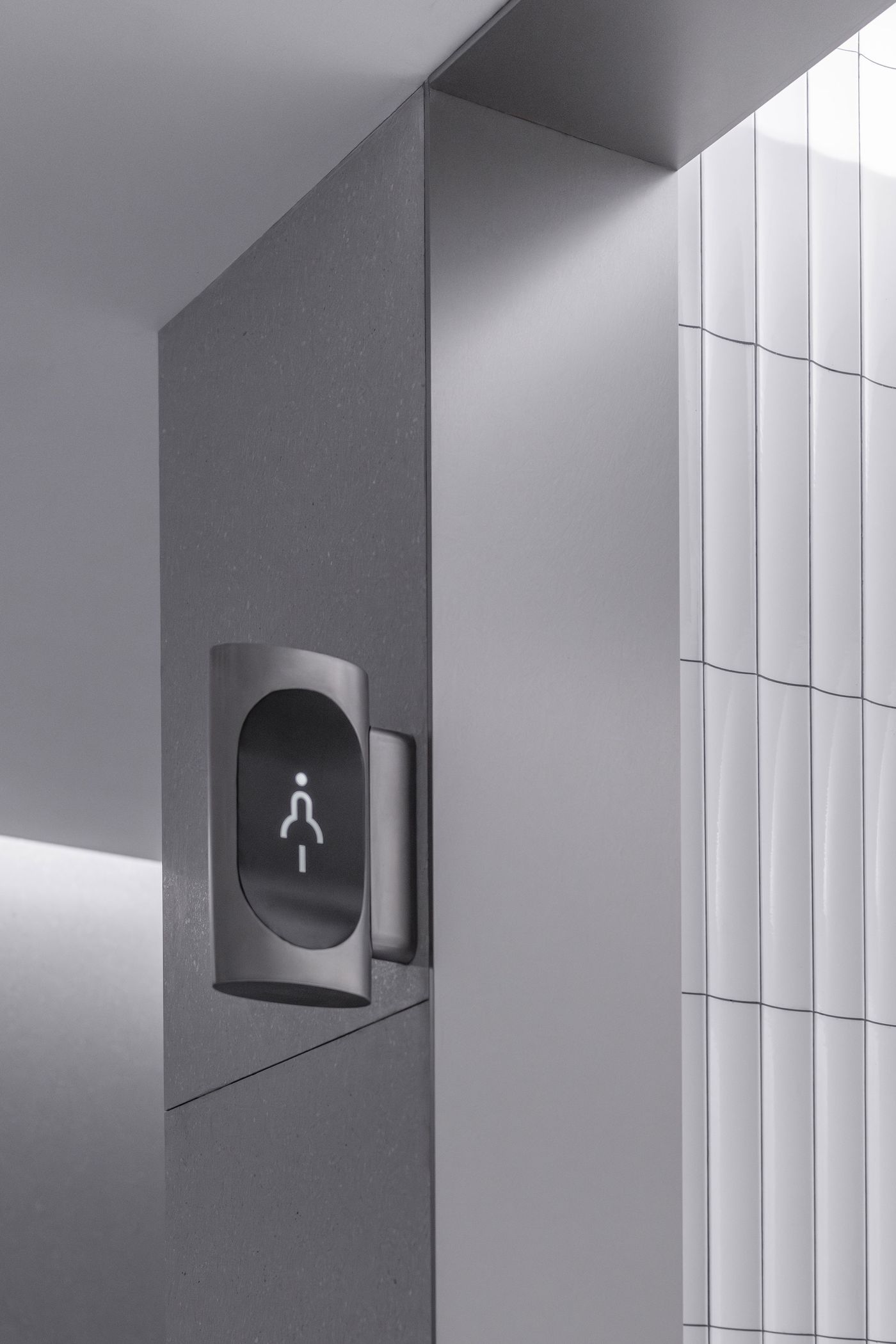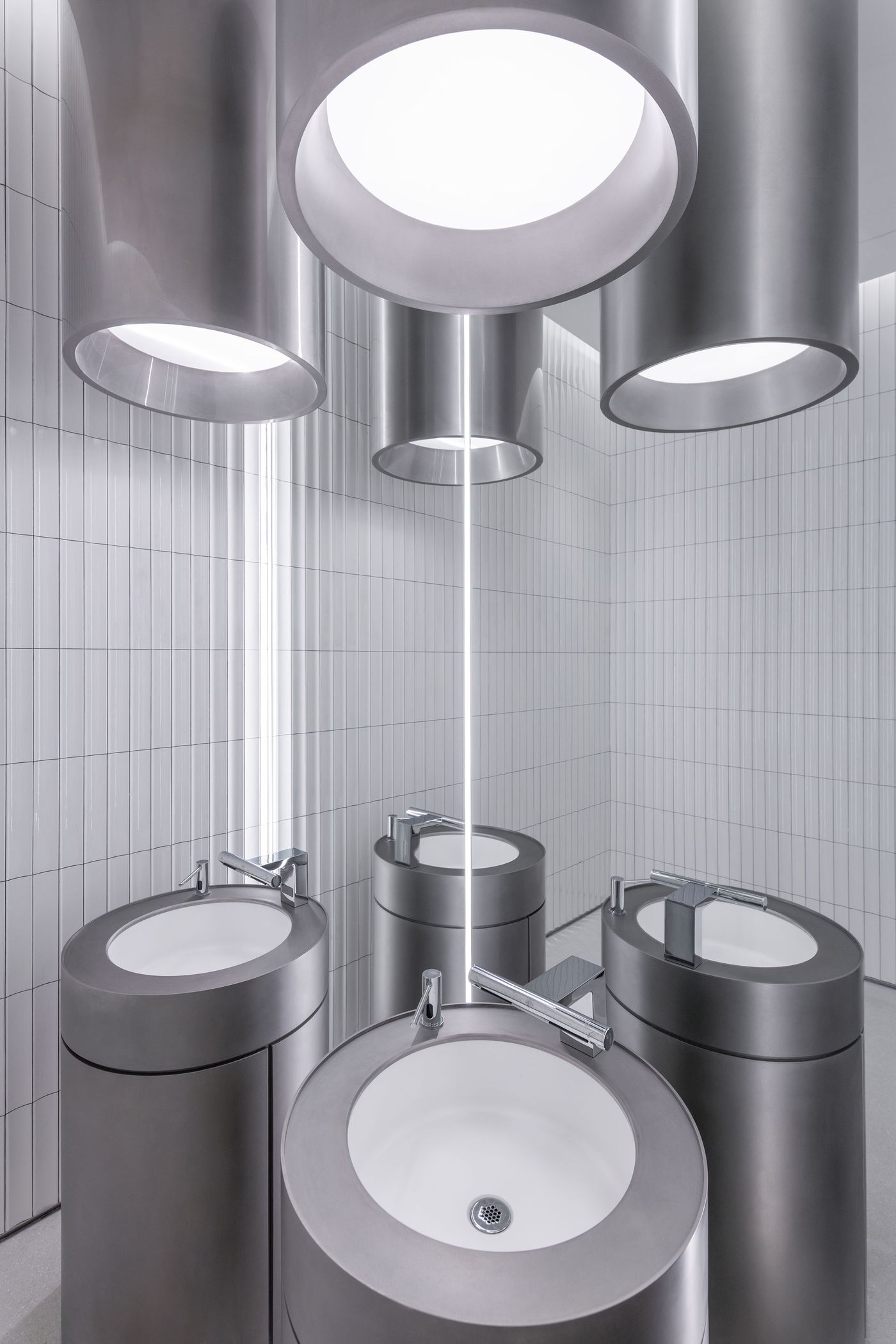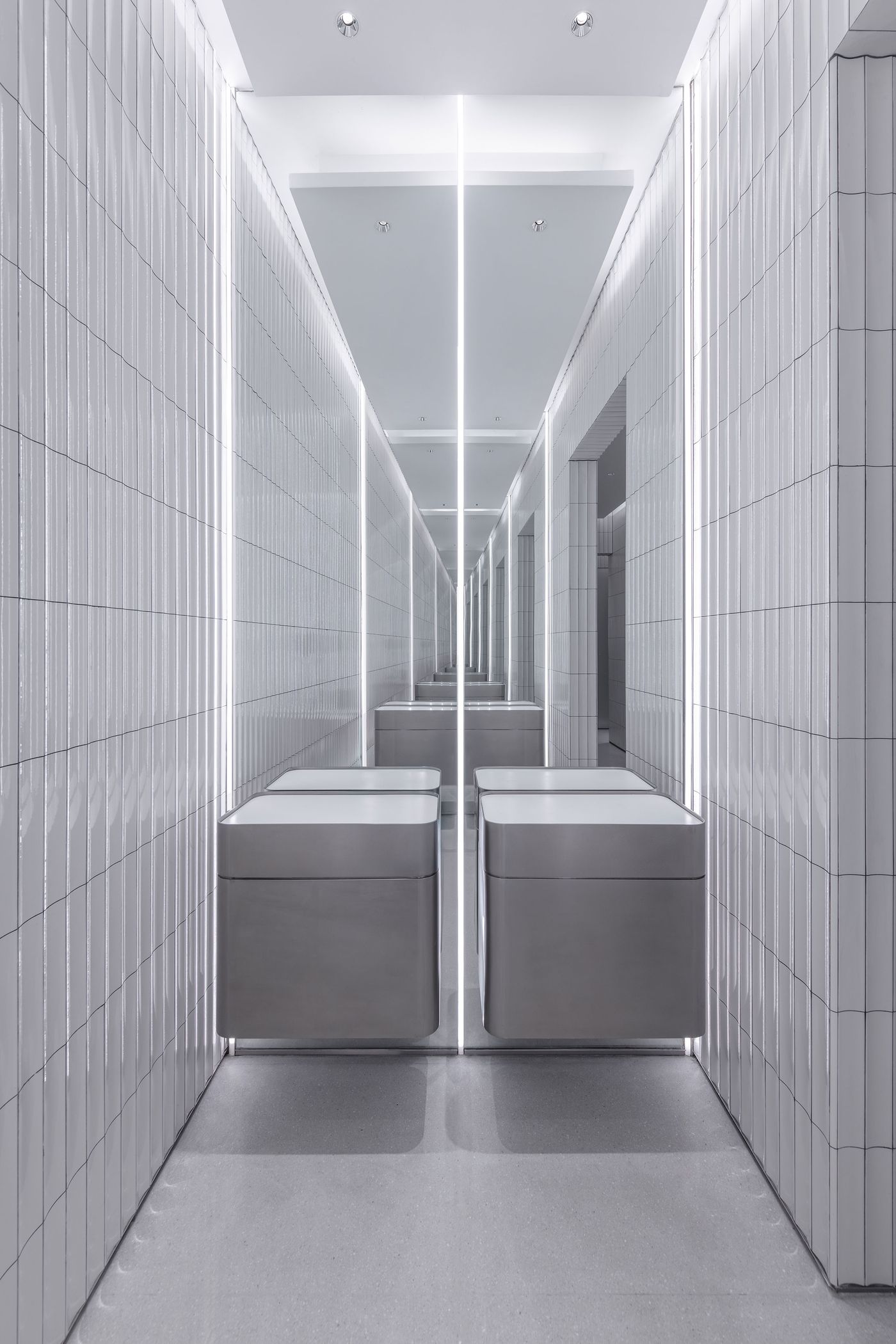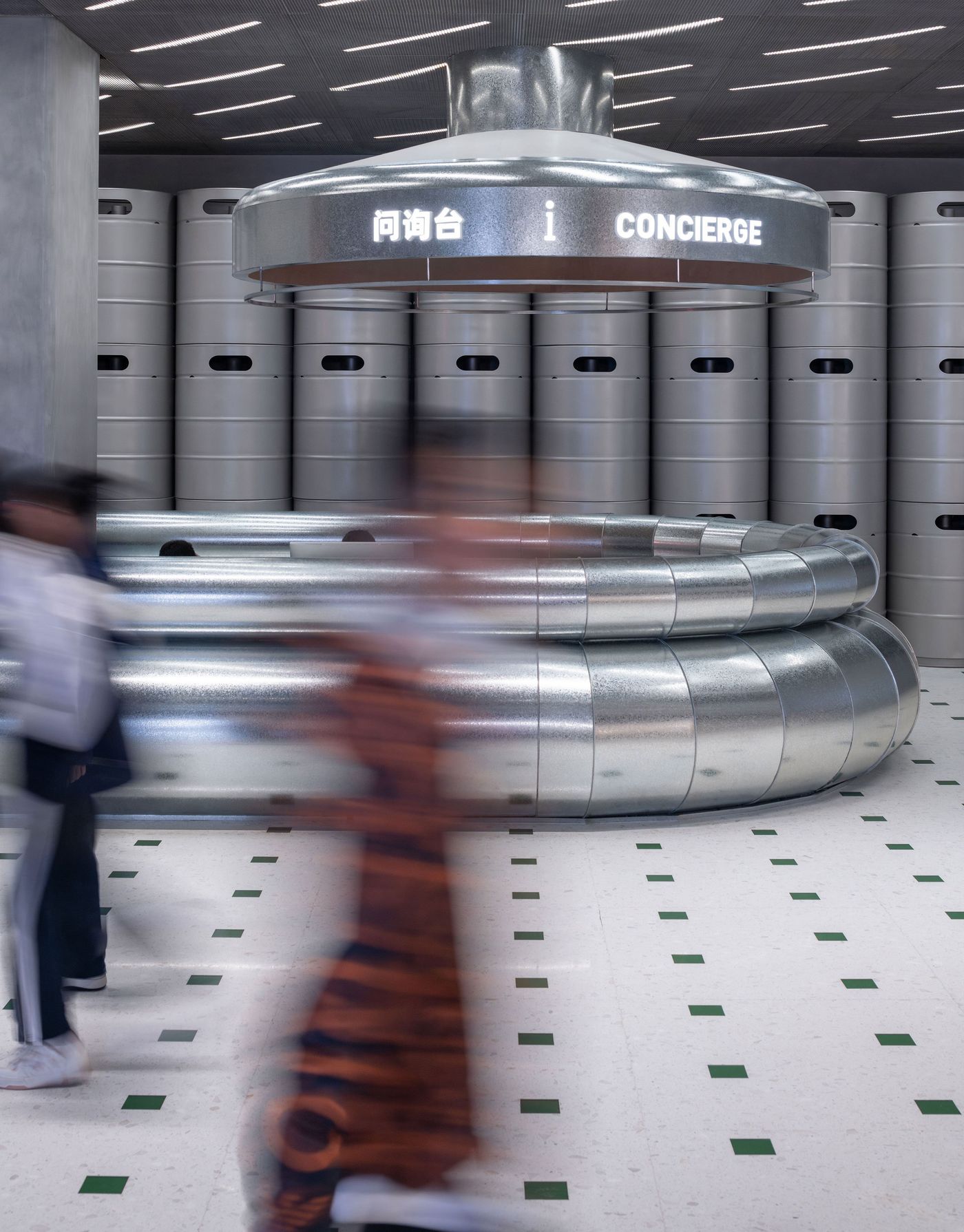
An Immersive Underground Passageway Elevates a New Food Hall in Shenzhen
Words by Yatzer
Location
Shenzhen, China
An Immersive Underground Passageway Elevates a New Food Hall in Shenzhen
Words by Yatzer
Shenzhen, China
Shenzhen, China
Location
Underground public spaces are rarely thought of as exciting. Functional? Yes. Necessary? Often. But inspiring? Rarely. With BREWTOWN in Shenzhen, China, AIM Architecture has turned this expectation on its head, transforming a subterranean public passageway—an often-overlooked conduit of transit—into an engaging, thematically rich experience that seamlessly connects to the vibrant food hall that essentially anchors the project. More than just a transitional space, the underground thoroughfare has become a key player in the narrative of BREWTOWN itself, in what is an evocative homage to the beer brewing process, rendered in form, materiality, and light.
Spanning an immense 184,125 square meters entirely below ground, BREWTOWN is an ambitious project centred on a bustling food hall linked to the city’s MTR Line 5 via a public passageway. The development houses over 60 tenants, including craft beer vendors, restaurants, and a music venue, cultivating an urban microcosm that invites lingering rather than merely passing through. The challenge that AIM Architecture therefore faced was how to extend the energy of the food hall into the passageway itself, ensuring that the journey between spaces was not merely functional, but immersive.
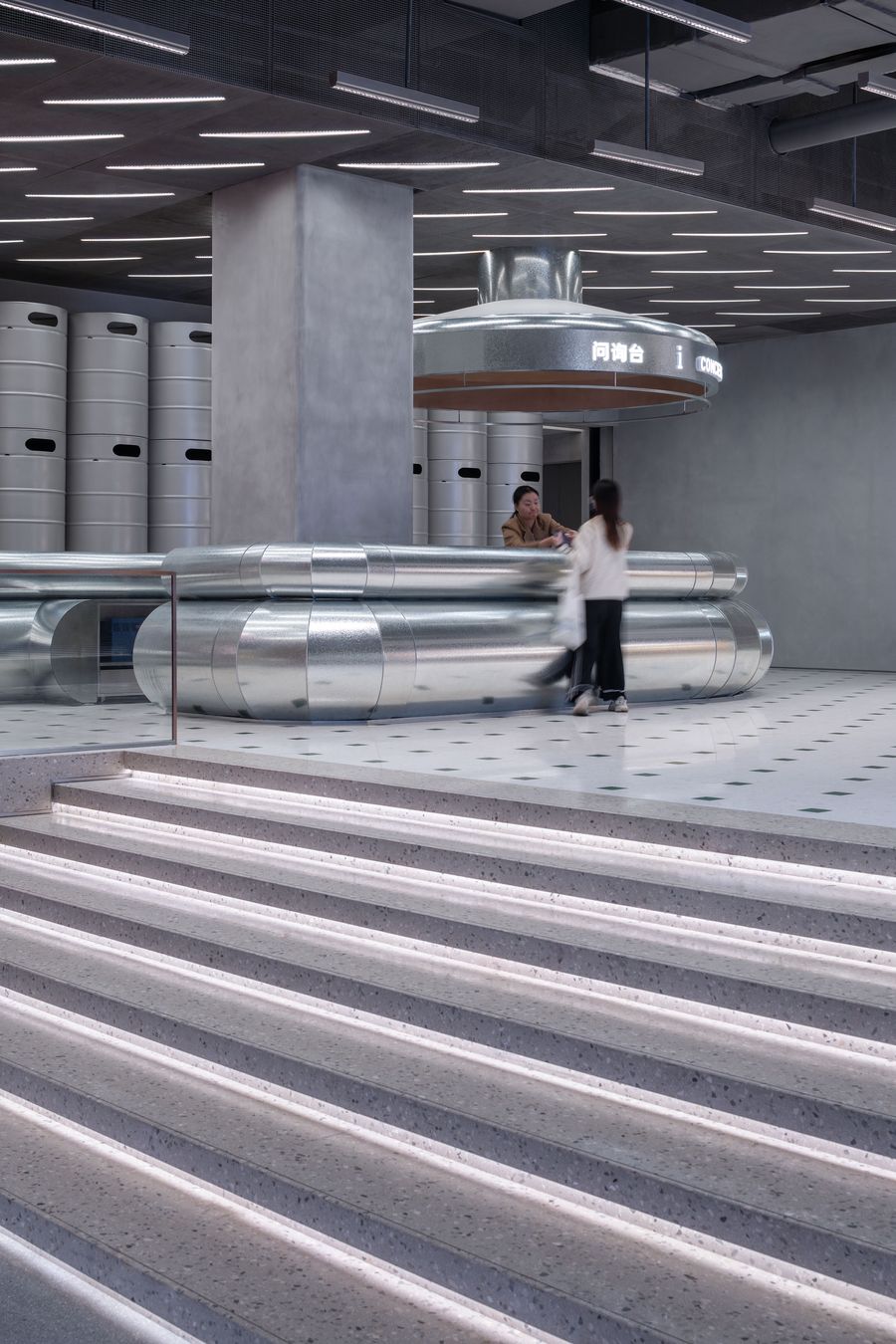
Photography by Dirk Weiblen.

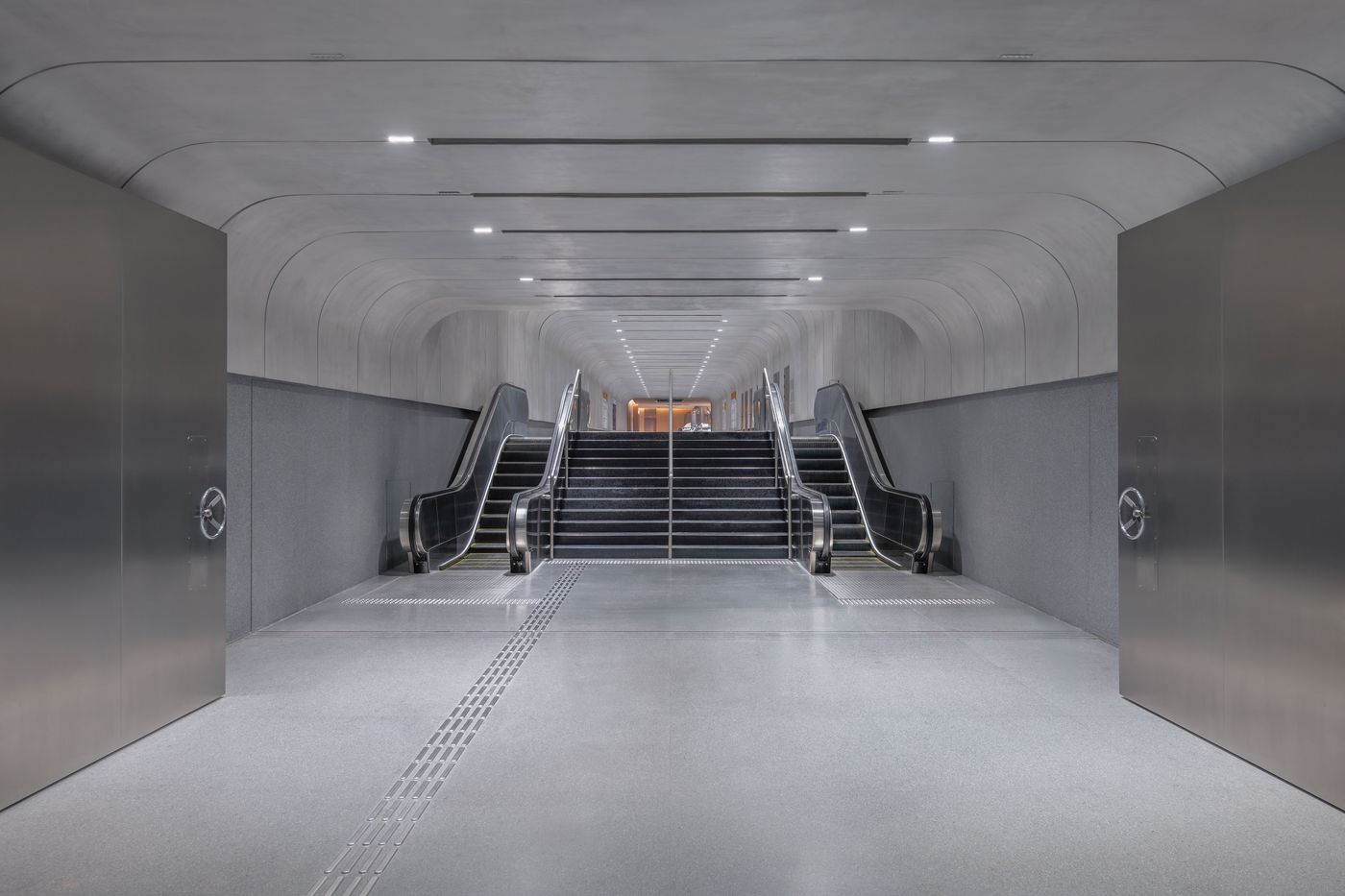
Photography by Dirk Weiblen.
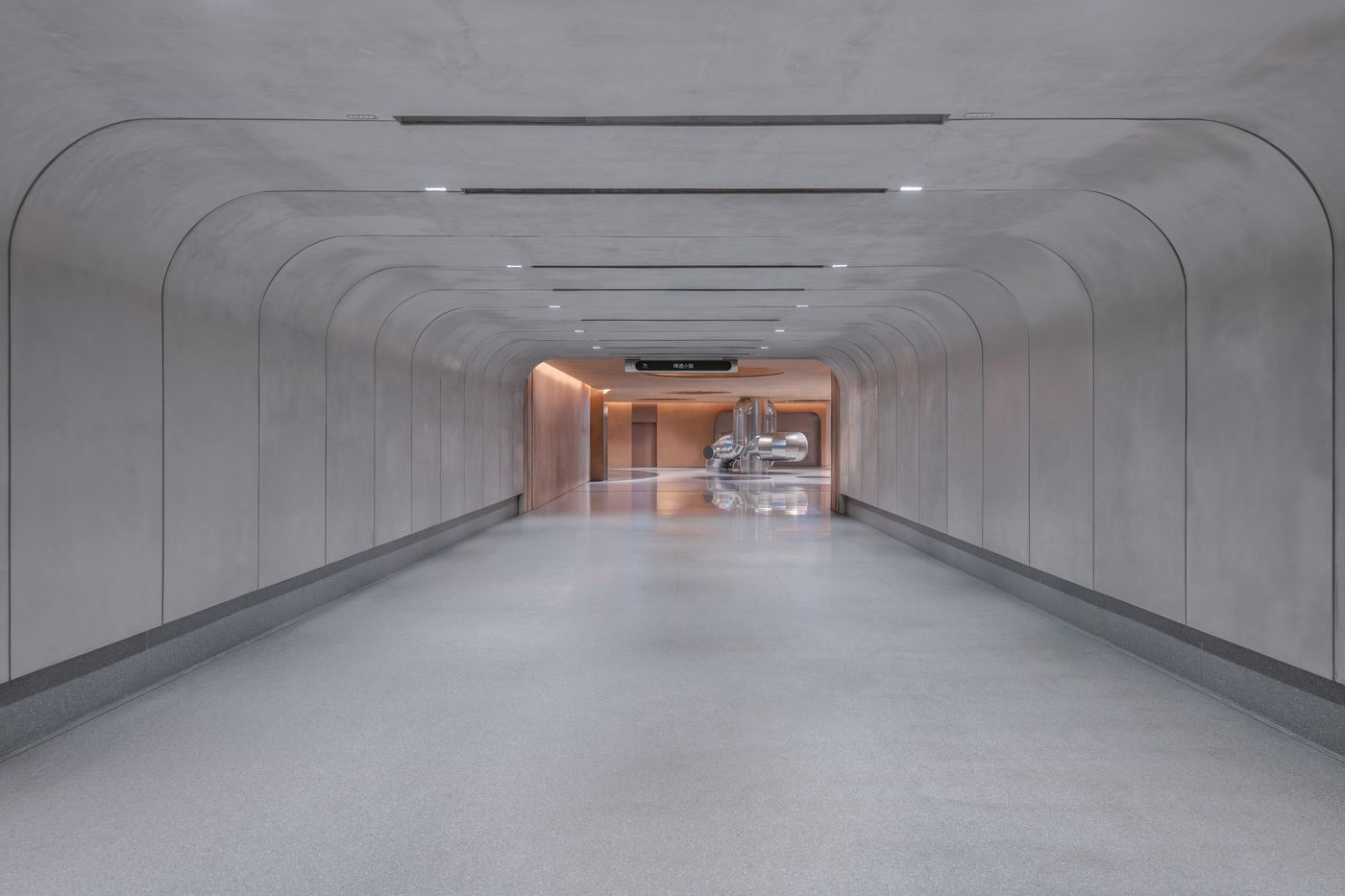
Photography by Dirk Weiblen.
The architects approached this challenge with a guiding metaphor: the brewing process. Rather than treating the underground corridor as a neutral void, they took advantage of its linear configuration to design it as an unfolding sequence, where movement through the corridor-type space mirrored the transformation of ingredients into beer. Here, structural rhythms suggest the precision of brewing machinery, undulating forms evoke the flow of liquid, and carefully selected materials—warm terrazzo, brushed stainless steel, perforated copper, and textured stucco in off-white or terracotta hues—reflect the balance of raw and refined that defines craft beer itself.
Exposed ductwork further reinforces the theme, nodding to the industrial backbone of brewing. Taking this concept one step further, the architects constructed the concierge desk out of metallic duct segments, above which they suspended a metallic structure that alludes to a brewing vat. A backdrop composed of stacked metallic beer drums completes this immersive space, further embedding the brewing narrative into the design.
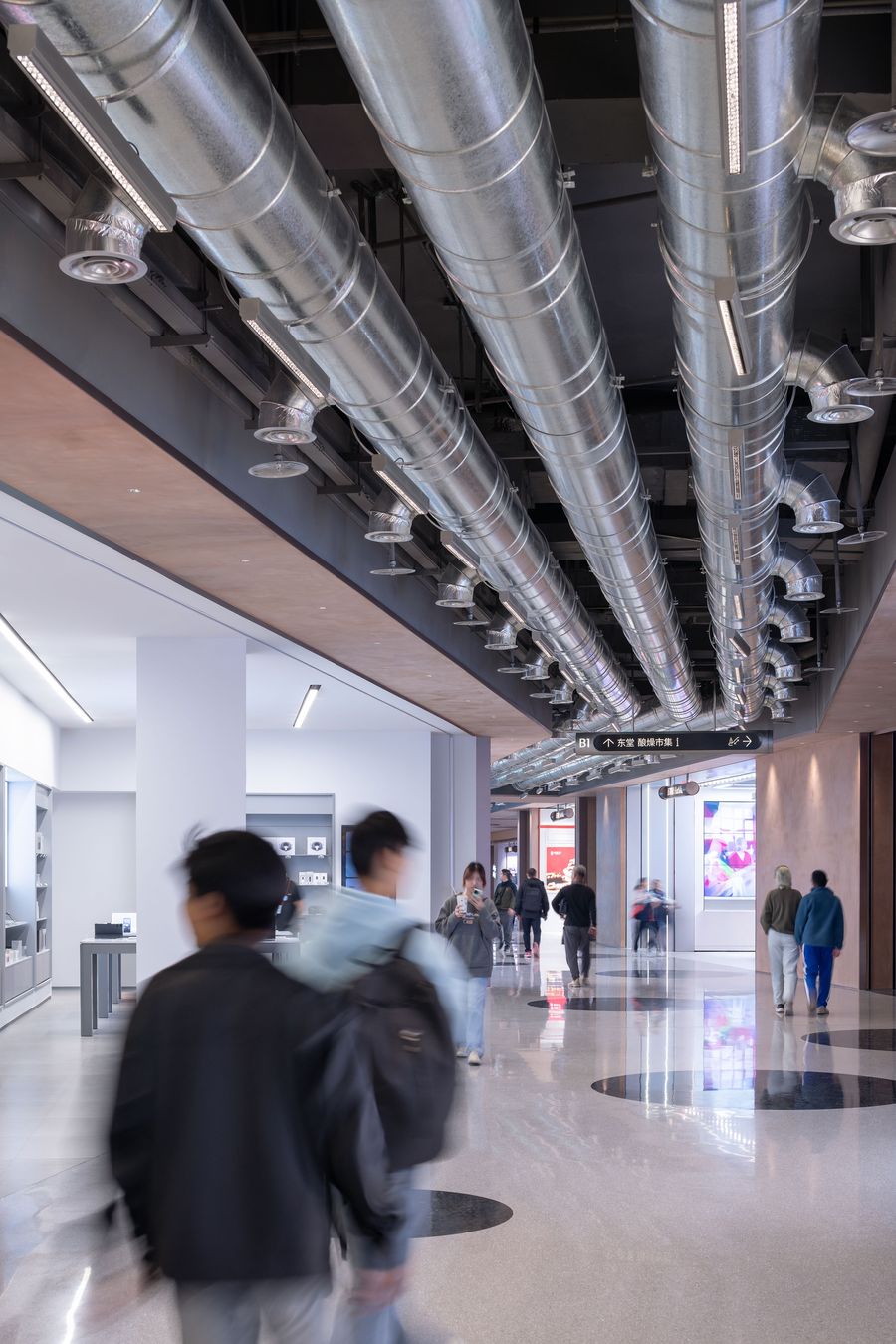
Photography by Dirk Weiblen.

Photography by Dirk Weiblen.
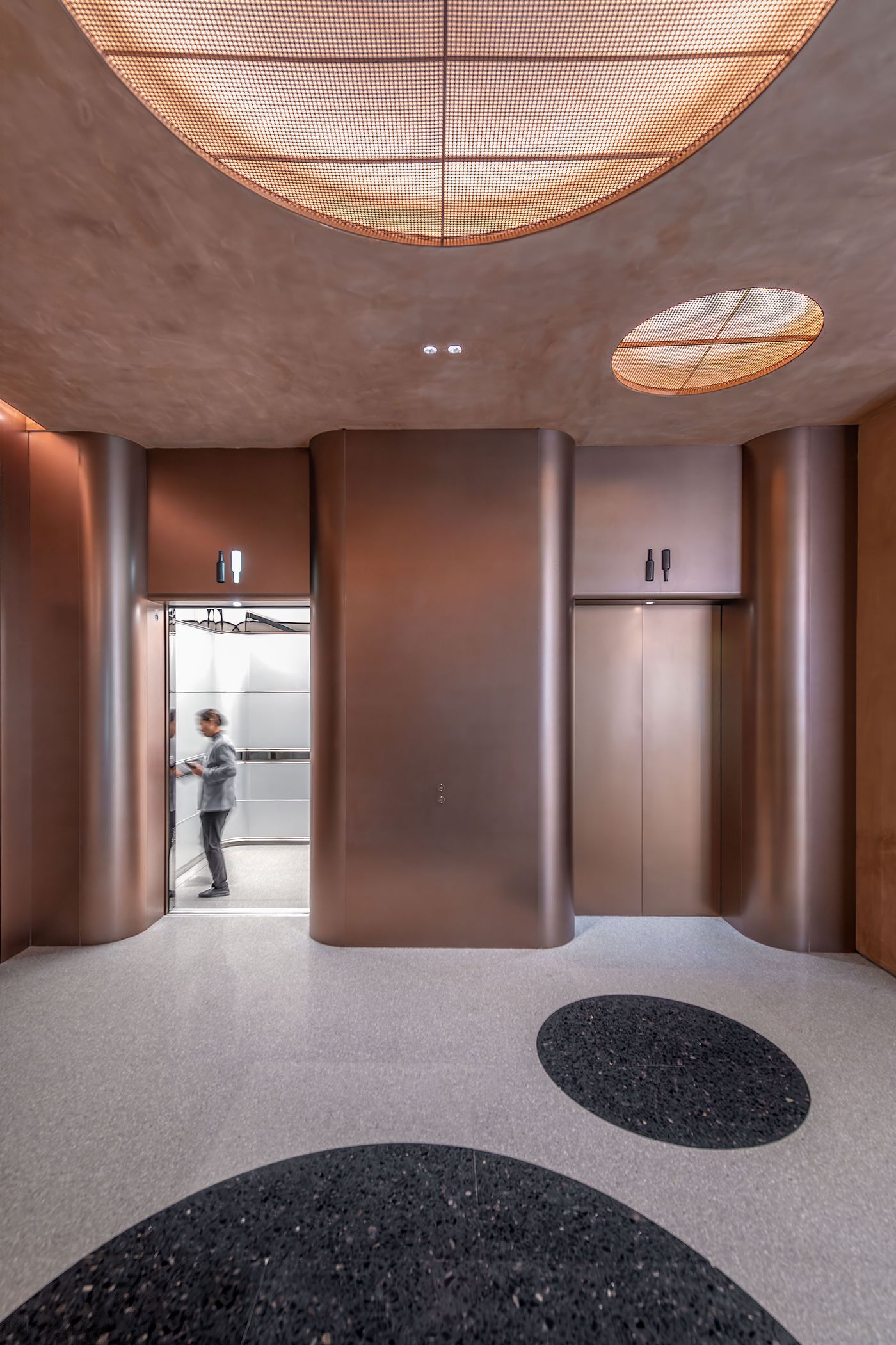
Photography by Dirk Weiblen.
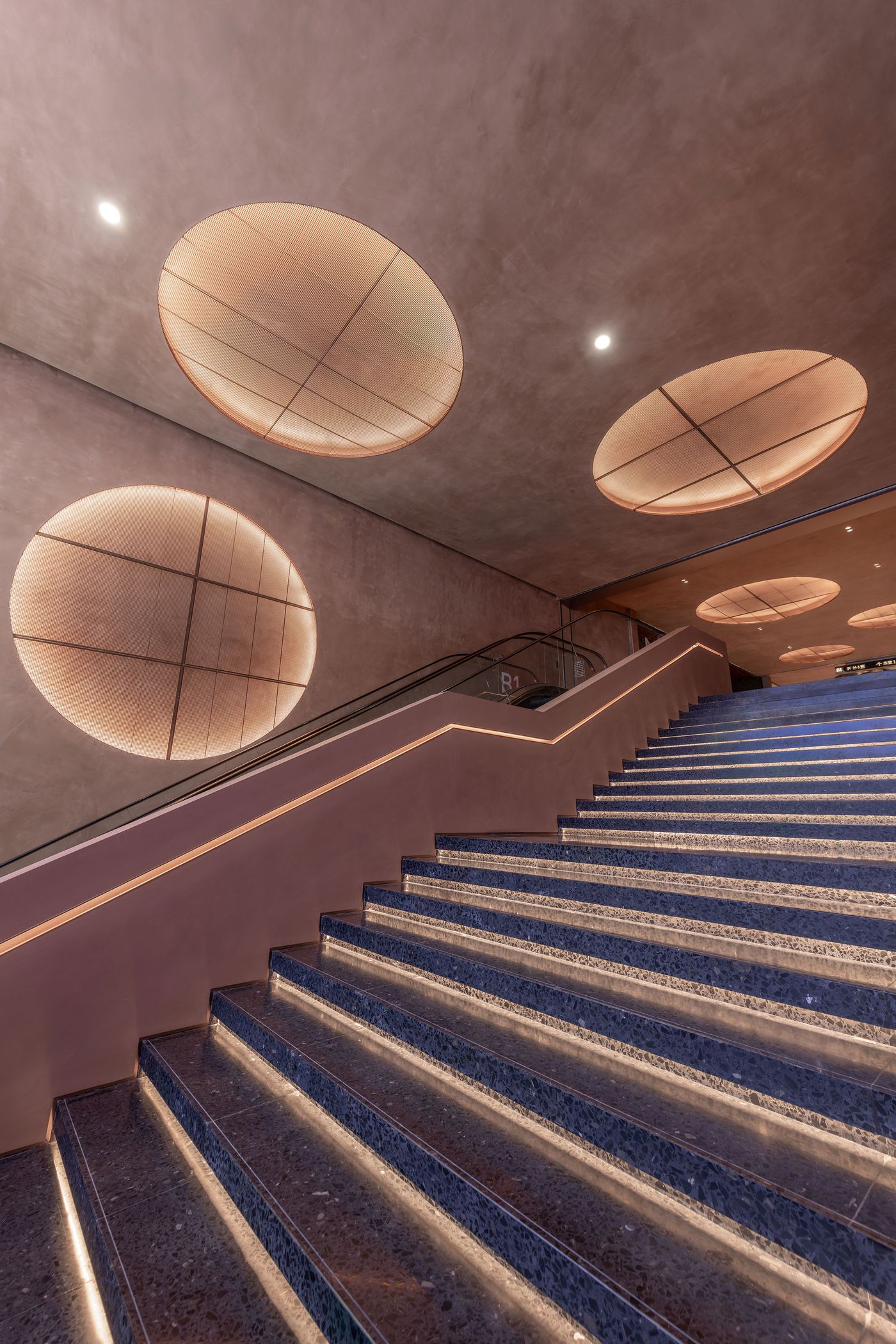
Photography by Dirk Weiblen.
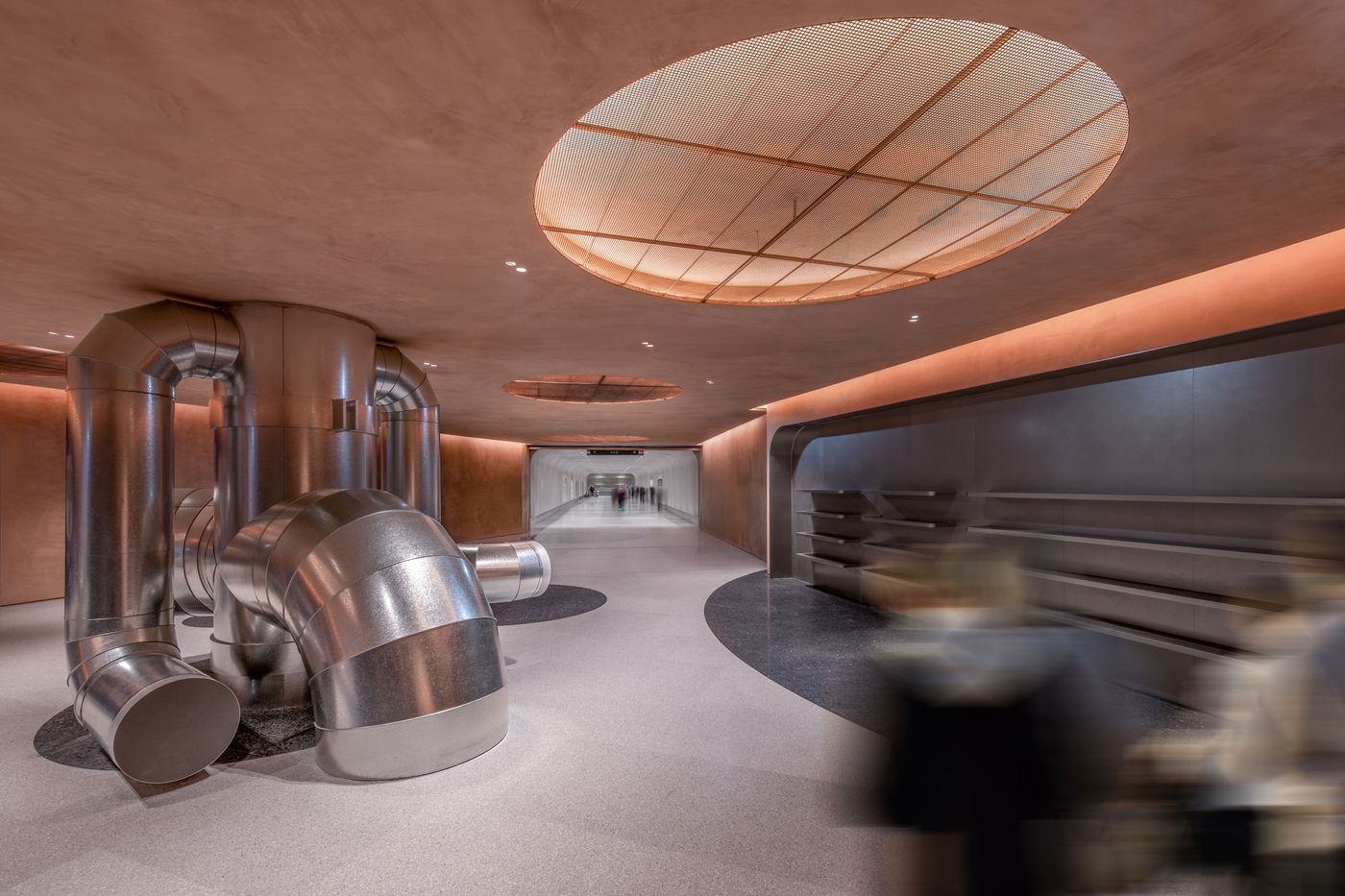
Photography by Dirk Weiblen.
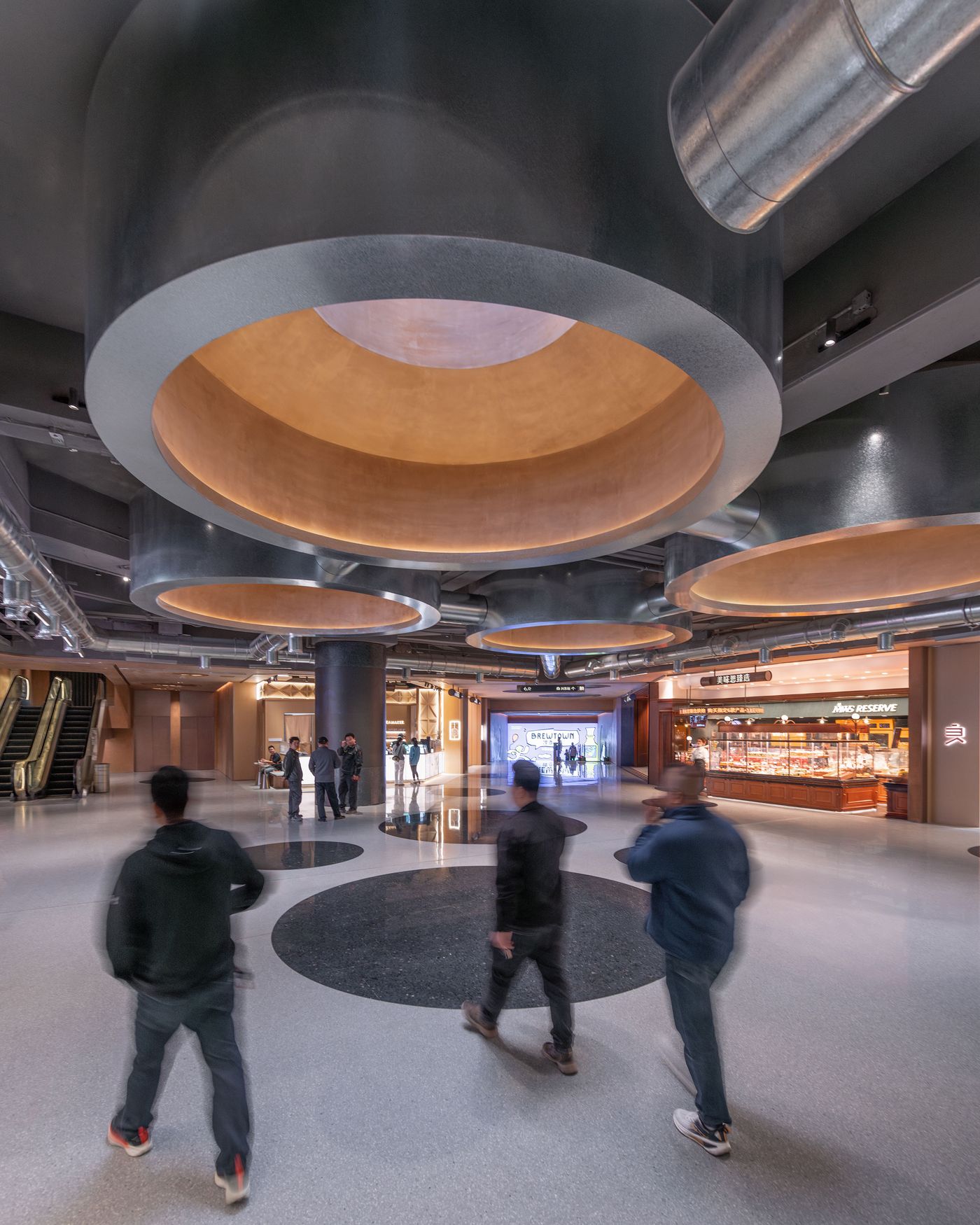
Photography by Dirk Weiblen.
However, what truly elevates this underground environment is AIM Architecture’s masterful use of light. Without ample natural daylight, underground spaces can easily become oppressive, but here, lighting is orchestrated to heighten the experience rather than simply illuminate it. A sequence of warm and cool lit areas guide movement, conjuring a sense of transition between day and night, while a thoughtful balance of direct and indirect illumination enhances spatial depth and drama. Reflective surfaces serve to amplify any available light, ensuring that the space feels dynamic rather than enclosed. Lastly, strategic ‘light barrels’ feature prominently in the food court plaza and at key junctions in the passageway, introducing daylight where possible, further enriching the visitor’s journey.
In the hands of AIM Architecture, BREWTOWN’s underground spaces are more than circulation zones—they are experiences in their own right. By crafting an environment that is both evocative and intuitive, the architects redefine what a public passageway can be, proving that even the most utilitarian spaces can be infused with meaning, beauty, and a sense of connection.
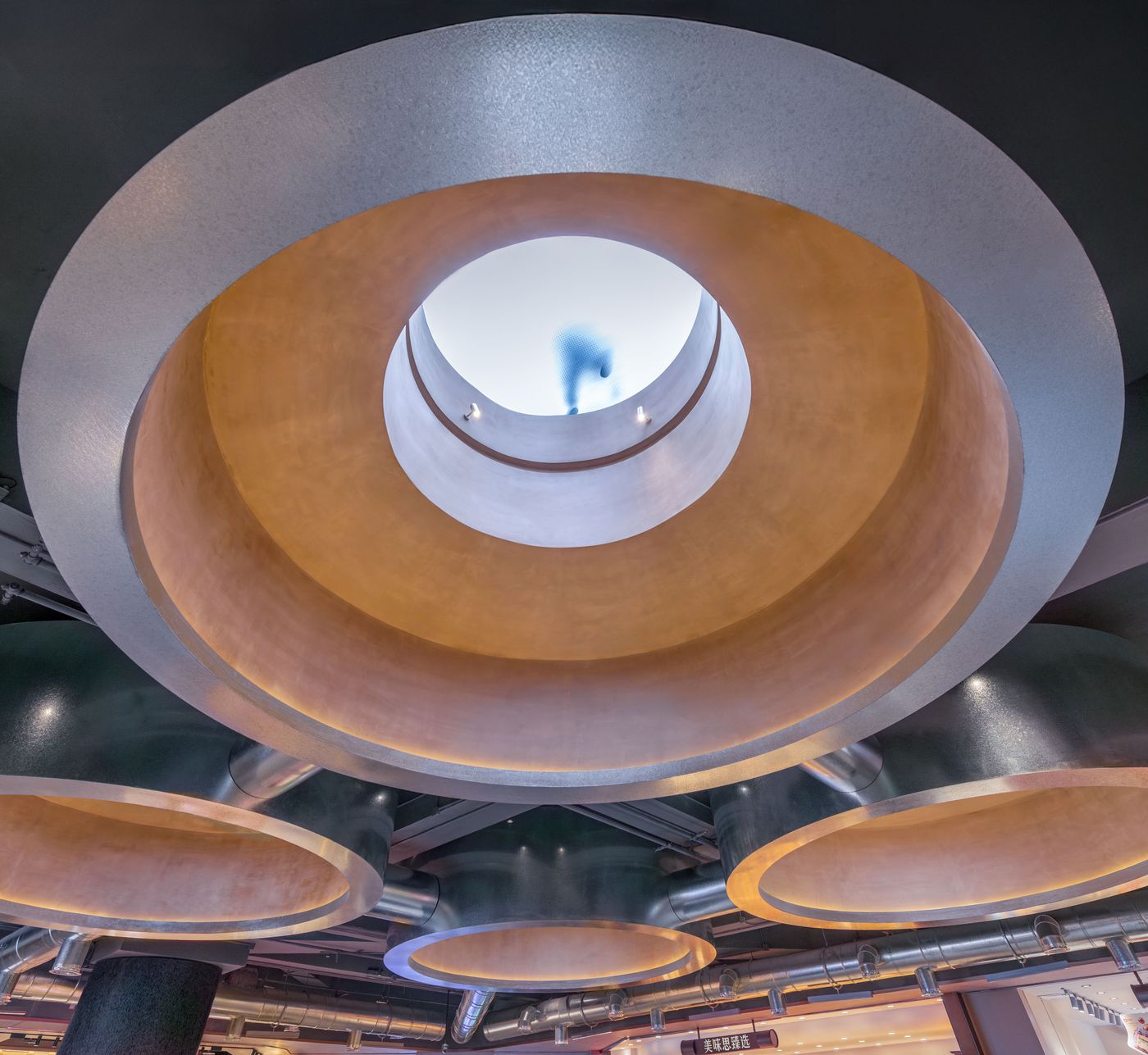
Photography by Dirk Weiblen.
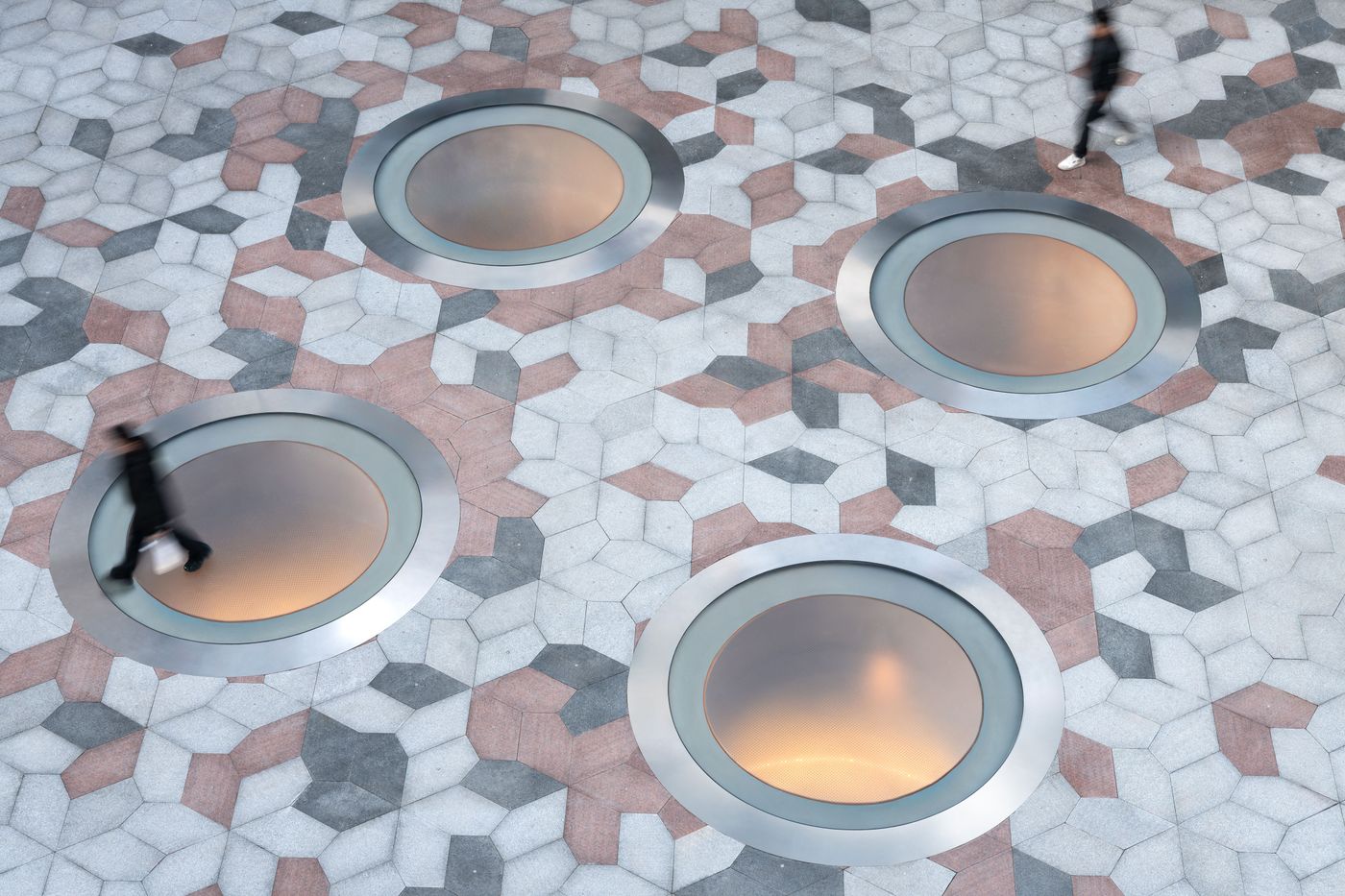
Photography by Dirk Weiblen.
